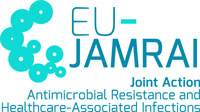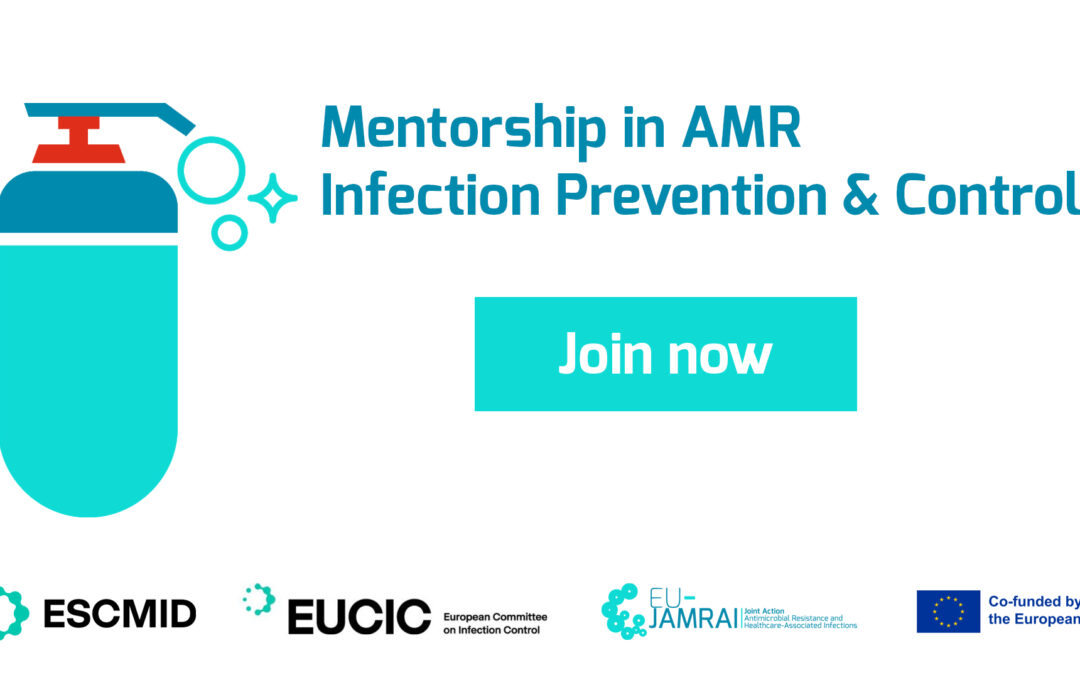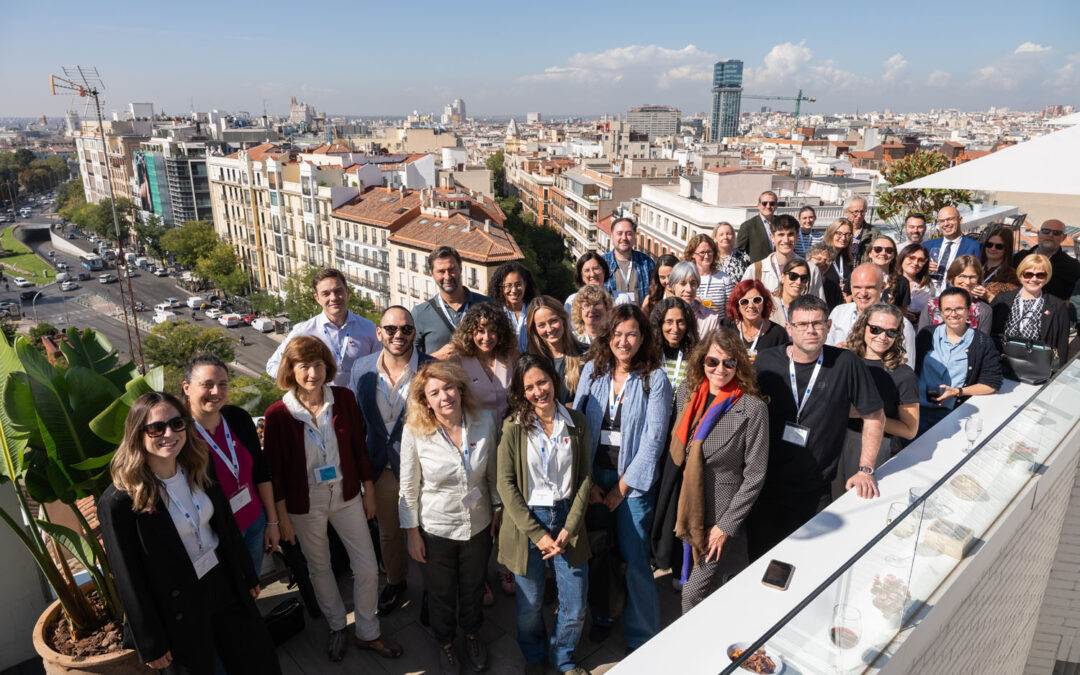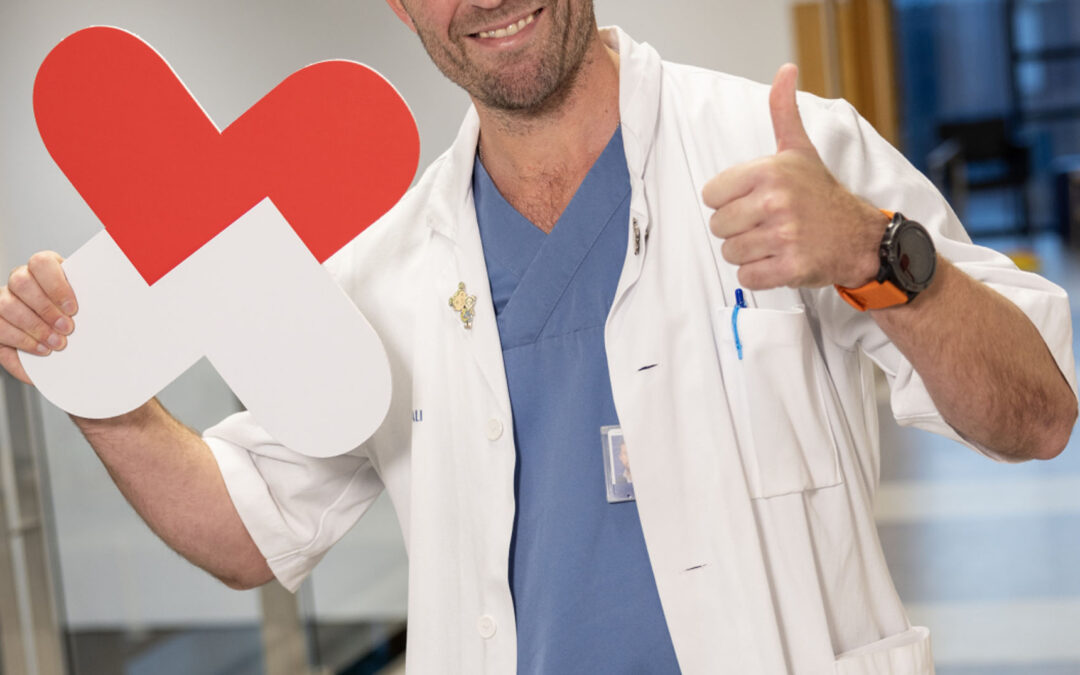World Immunization Week, celebrated in the last week of April, aims to highlight the collective action needed to protect people from vaccine-preventable diseases.
Vaccination of humans and animals is a highly effective way of avoiding infections, and therefore the need for antibiotics. In this way, vaccines can help limit the spread of Antimicrobial Resistance. By extending the use of existing vaccines, we can reduce antibiotic consumption and the development of resistance.
Throughout the week, EU-JAMRAI detailed different mechanisms through which vaccination can support the strategies to combat antibiotic resistance:
By preventing diseases and limiting the emergence of resistance
By focusing on prevention rather than treatment, #vaccines are able to prevent diseases from developing just after exposure to the pathogen, thus reducing the chance that some bacteria mutate and become resistant.
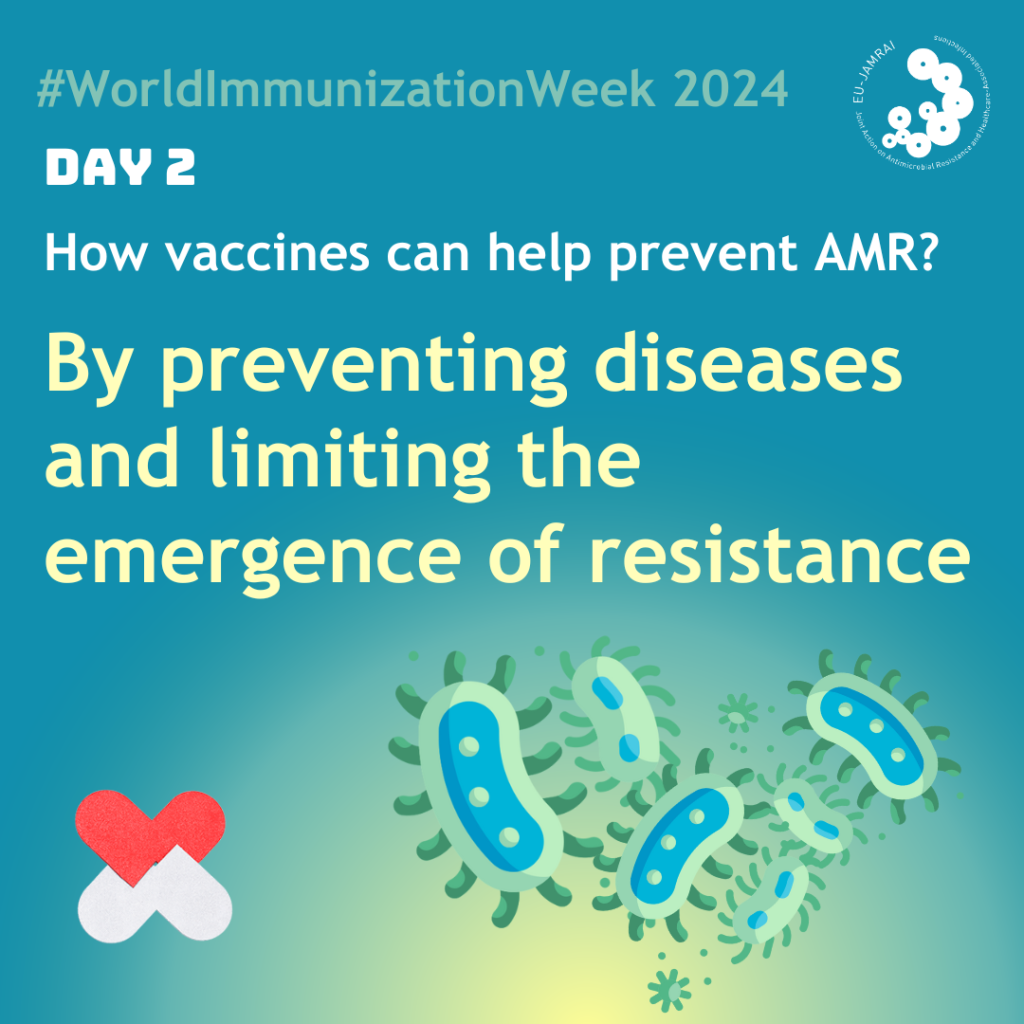
By mechanisms of action less prone to inducing resistance
Vaccines are not known to have a significant impact on the gut microbiome, while broad-spectrum antibiotics may disrupt the microbiome, which might lead to the development of resistance in bystander bacterial species.

By reducing antibiotic use due to fewer infections
By preventing bacterial infections from occurring or spreading in the population, vaccination reduces the use of antibiotics that would have been used to treat infections and thereby indirectly reduces the risk of AMR development.

By preventing resistant strains from occurring and spreading
The impact of vaccination is not only limited to susceptible strains! As an example, the introduction of the PCV7 vaccine was able to reduce penicillin-non-susceptible pneumococci by 64% in US children under 5 years and by 45% in adults over 65 years by 2008.
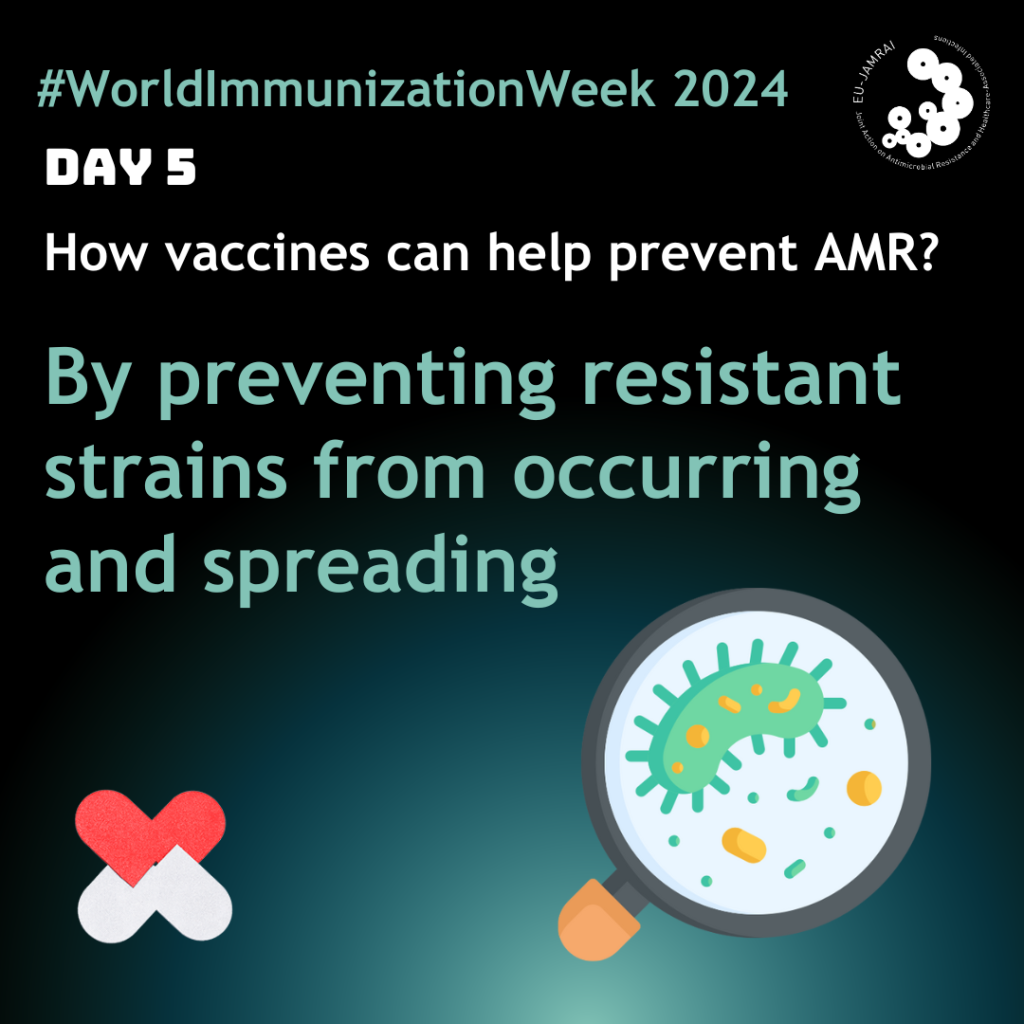
By preventing antibiotic misuse
For example, suspected typhoid fever is believed to be one of the key drivers of antibiotic use across South Asia and an important contributor to AMR. To avoid complications including mortality, clinical practice often leads to prescribing antibiotics empirically for suspected typhoid fever, without confirmation. Even in some regions, antibiotics are available without a prescription.
With the advent of new conjugate typhoid vaccines, there is the potential to significantly reduce the number of typhoid fever cases and to change prescribing habits. In view of the increased AMR, the WHO recommends prioritising vaccination in high burden countries as well as those with high AMR.
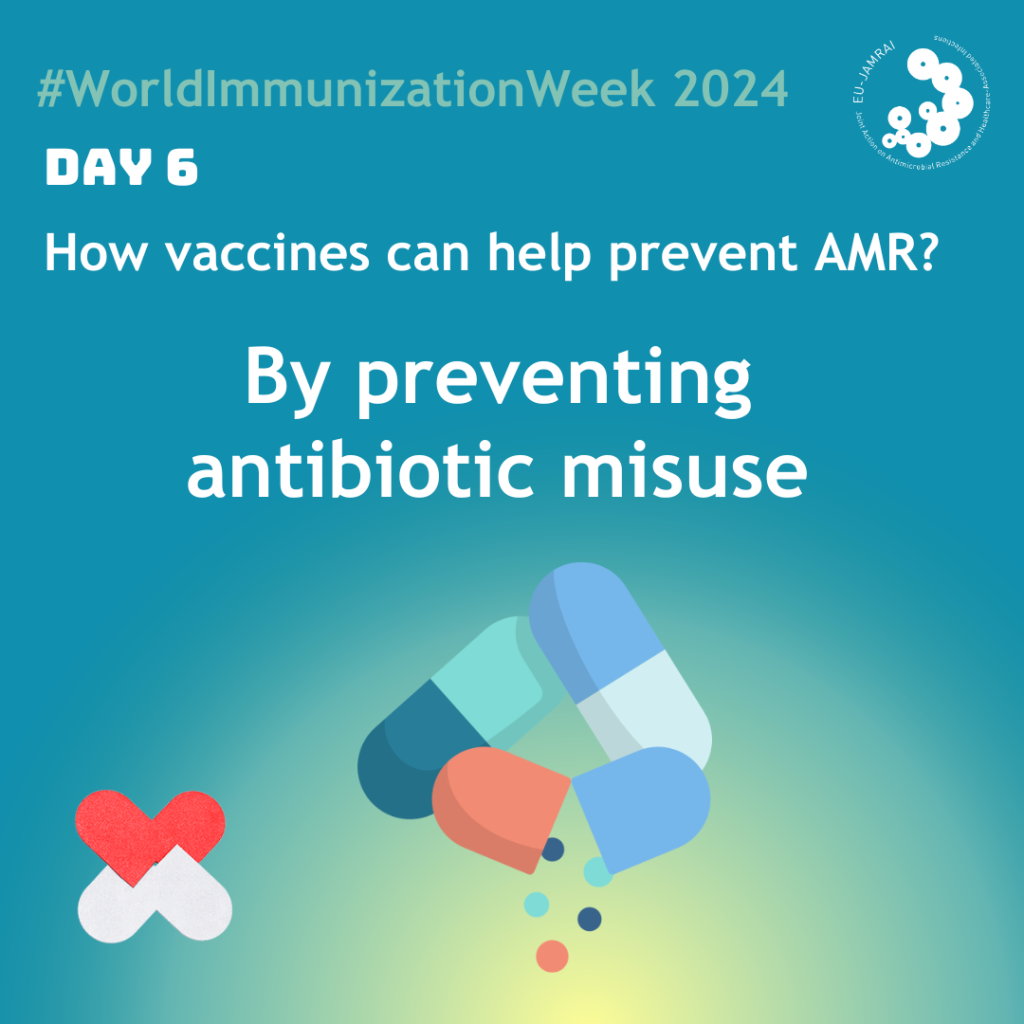
By preventing viral diseases prone to bacterial co-infections or superinfections requiring antibiotics
There is evidence of bacterial and viral co-infection in a number of diseases. Vaccines have the potential to reduce the need for antibiotics and antivirals to treat co-infections or superinfections by preventing the primary infection from occurring in the first place.
The secondary bacterial infections can be severe, leading to increased incidence and mortality and require antibiotic use that could have been prevented by appropriate vaccination.

